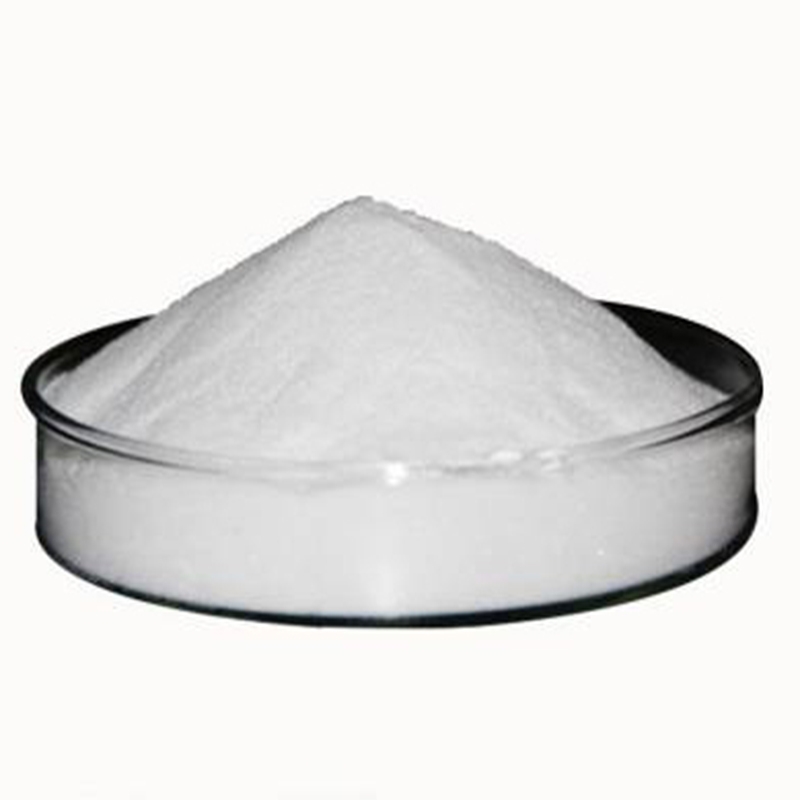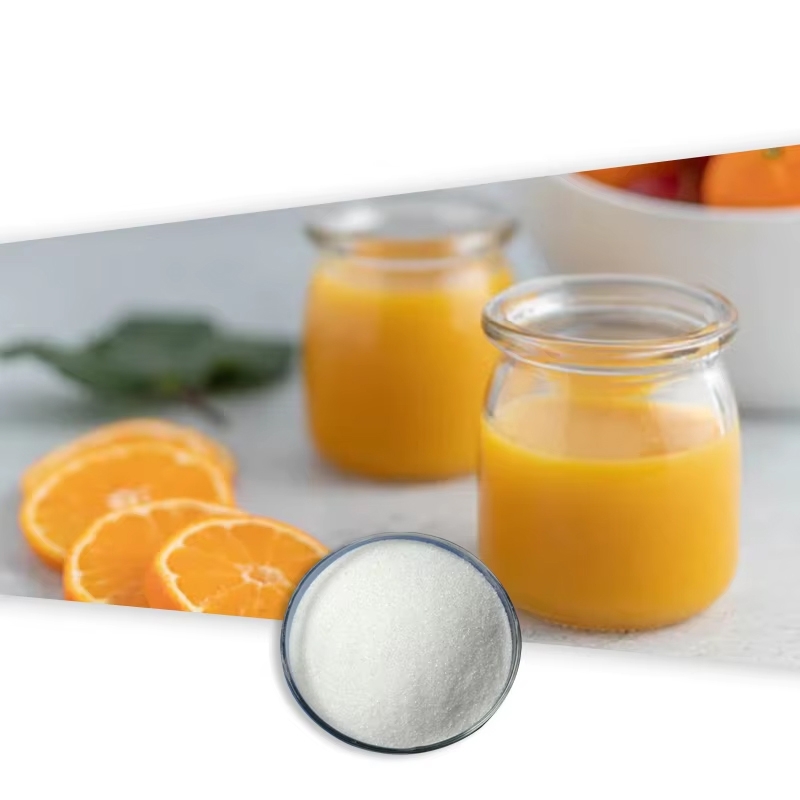-
Categories
-
Pharmaceutical Intermediates
-
Active Pharmaceutical Ingredients
-
Food Additives
- Industrial Coatings
- Agrochemicals
- Dyes and Pigments
- Surfactant
- Flavors and Fragrances
- Chemical Reagents
- Catalyst and Auxiliary
- Natural Products
- Inorganic Chemistry
-
Organic Chemistry
-
Biochemical Engineering
- Analytical Chemistry
-
Cosmetic Ingredient
- Water Treatment Chemical
-
Pharmaceutical Intermediates
Promotion
ECHEMI Mall
Wholesale
Weekly Price
Exhibition
News
-
Trade Service
On September 29, Nature Communications published online the latest results
of the maize team of the National Key Laboratory of Crop Genetic Improvement of Huazhong Agricultural University and the Hongshan Laboratory in Hubei Province entitled "ANAC-EXPANSIN module enhances maize kernel size by controlling nucelluselimination" 。 The results showed that the expansion protein gene ZmEXPB15 and two NAC transcription factors ZmNAC11 and ZmNAC29 affected the early development process of maize grains by promoting the elimination of pearl core tissue, thereby regulating the size and weight
of maize kernels.
This study reveals a new way to regulate early endosperm and grain development, providing an important theoretical basis and genetic resources
for the genetic improvement of maize grain traits.
of the maize team of the National Key Laboratory of Crop Genetic Improvement of Huazhong Agricultural University and the Hongshan Laboratory in Hubei Province entitled "ANAC-EXPANSIN module enhances maize kernel size by controlling nucelluselimination" 。 The results showed that the expansion protein gene ZmEXPB15 and two NAC transcription factors ZmNAC11 and ZmNAC29 affected the early development process of maize grains by promoting the elimination of pearl core tissue, thereby regulating the size and weight
of maize kernels.
This study reveals a new way to regulate early endosperm and grain development, providing an important theoretical basis and genetic resources
for the genetic improvement of maize grain traits.
The final size and weight of the corn kernels are not only determined by the maturation process in the later stage of the endosperm, but also the elimination of the maternal endosperm tissue, and the two are carried out
in a closely connected and synergistic manner.
However, the key genes and molecular mechanisms that control these two early co-regulatory developmental processes are almost unknown
.
IN THE EARLY STAGE, QIU FAZHAN TEAM'S RESEARCH GROUP MAPPED A MAIN EFFECT QTL HUNDRED KERNELWEIGHT9 (HKW9)
AFFECTING GRAIN SIZE AND HUNDRED GRAIN WEIGHT ON MAIZE CHROMOSOME 9.
In this study, ZmEXPB15, the key candidate gene of qHKW9 was isolated and identified through natural population association analysis and correlation analysis, and it was found that there was a significant correlation site with the 100-grain weight trait in the promoter region of the gene, and its expression level was significantly positively correlated with
the 100-grain weight.
Further studies found that ZmEXPB15 was specifically highly expressed in the mother bead tissue, which was mainly concentrated in a time window of 2 to 8 days after pollination, and reached a maximum
on the 4th day, that is, the peak of bead core tissue elimination.
The biological function
of ZmEXPB15 in positively regulating the grain size and grain weight of maize by promoting the elimination process of beads was confirmed by KO and OE materials.
Importantly, the increased grain weight of hybrid seeds derived from the ZmEXPB15 overexpression line showed that ZmEXPB15 had greater breeding value
in increasing maize grain weight.
in a closely connected and synergistic manner.
However, the key genes and molecular mechanisms that control these two early co-regulatory developmental processes are almost unknown
.
IN THE EARLY STAGE, QIU FAZHAN TEAM'S RESEARCH GROUP MAPPED A MAIN EFFECT QTL HUNDRED KERNELWEIGHT9 (HKW9)
AFFECTING GRAIN SIZE AND HUNDRED GRAIN WEIGHT ON MAIZE CHROMOSOME 9.
In this study, ZmEXPB15, the key candidate gene of qHKW9 was isolated and identified through natural population association analysis and correlation analysis, and it was found that there was a significant correlation site with the 100-grain weight trait in the promoter region of the gene, and its expression level was significantly positively correlated with
the 100-grain weight.
Further studies found that ZmEXPB15 was specifically highly expressed in the mother bead tissue, which was mainly concentrated in a time window of 2 to 8 days after pollination, and reached a maximum
on the 4th day, that is, the peak of bead core tissue elimination.
The biological function
of ZmEXPB15 in positively regulating the grain size and grain weight of maize by promoting the elimination process of beads was confirmed by KO and OE materials.
Importantly, the increased grain weight of hybrid seeds derived from the ZmEXPB15 overexpression line showed that ZmEXPB15 had greater breeding value
in increasing maize grain weight.
Further studies found that the associated locus in the promoter region of the ZmEXPB15 gene contains CACG motifs
that can be recognized by NAC transcription factors.
Based on this, two NAC transcription factors, ZmNAC11 and ZmNAC29, which are also highly expressed in the bead tissue, were screened, and it was confirmed that these two transcription factors can directly bind and activate the expression of ZmEXPB15, and further genetic interaction analysis confirmed the upstream and downstream regulatory relationship
between the two NAC factors and ZmEXPB15.
Interestingly, two transcription factors, ZmNAC11 and ZmNAC29, were also expressed in high amounts in the bead heart tissue and had a similar time window to ZmEXPB15, and the corresponding deletion mutants also showed abnormalities in the elimination of
the bead heart tissue.
A series of genetic and molecular biological evidence fully proves that ZmNAC11 and ZmNAC29 directly bind and promote the expression of downstream ZmEXPB15, and the three jointly promote the development of endosperm by promoting the elimination of pearl core tissue after pollination, and synergistically regulate the early development
of maize kernels.
Therefore, this study not only provides direct and powerful evidence for early pearl core tissue elimination to determine the final grain size to a large extent, and excavates one of the key molecular pathways, but also provides a new theoretical basis and genetic resources
for molecular breeding targets to improve maize yield by interfering with early grain development.
that can be recognized by NAC transcription factors.
Based on this, two NAC transcription factors, ZmNAC11 and ZmNAC29, which are also highly expressed in the bead tissue, were screened, and it was confirmed that these two transcription factors can directly bind and activate the expression of ZmEXPB15, and further genetic interaction analysis confirmed the upstream and downstream regulatory relationship
between the two NAC factors and ZmEXPB15.
Interestingly, two transcription factors, ZmNAC11 and ZmNAC29, were also expressed in high amounts in the bead heart tissue and had a similar time window to ZmEXPB15, and the corresponding deletion mutants also showed abnormalities in the elimination of
the bead heart tissue.
A series of genetic and molecular biological evidence fully proves that ZmNAC11 and ZmNAC29 directly bind and promote the expression of downstream ZmEXPB15, and the three jointly promote the development of endosperm by promoting the elimination of pearl core tissue after pollination, and synergistically regulate the early development
of maize kernels.
Therefore, this study not only provides direct and powerful evidence for early pearl core tissue elimination to determine the final grain size to a large extent, and excavates one of the key molecular pathways, but also provides a new theoretical basis and genetic resources
for molecular breeding targets to improve maize yield by interfering with early grain development.
Sun Qin, postdoctoral fellow from College of Plant Science and Technology, Huazhong Agricultural University, is the first author, and Professor Qiu Fazhan and Professor Yang Fang from the College of Plant Science and Technology, Huazhong Agricultural University are the co-corresponding authors
.
Prof.
Zuxin Zhang and Prof.
David Jackson (Cold Spring Harbor Laboratory, USA), postdoctoral fellows Yunfu Li, Dianming Gong and Qiang Ning, and master student Aoqing Hu made important contributions
to the research.
The research was supported
by the National Key Research and Development Program of China and the National Natural Science Foundation of China.
.
Prof.
Zuxin Zhang and Prof.
David Jackson (Cold Spring Harbor Laboratory, USA), postdoctoral fellows Yunfu Li, Dianming Gong and Qiang Ning, and master student Aoqing Hu made important contributions
to the research.
The research was supported
by the National Key Research and Development Program of China and the National Natural Science Foundation of China.
Reviewed by Qiu Fazhan
Original link: https://doi.
org/10.
1038/s41467-022-33513-4
org/10.
1038/s41467-022-33513-4







